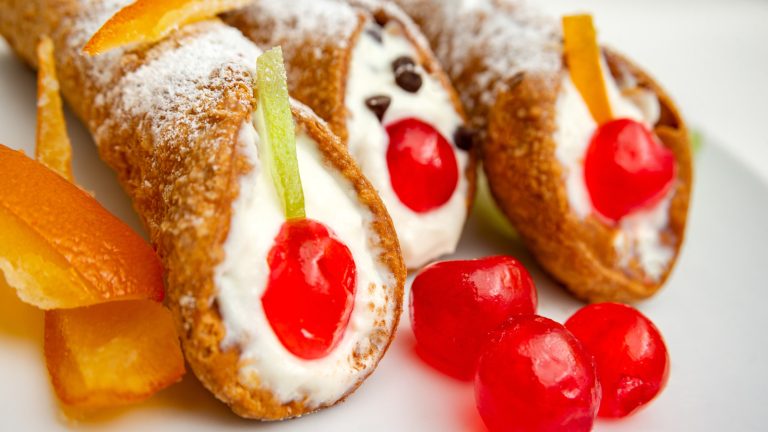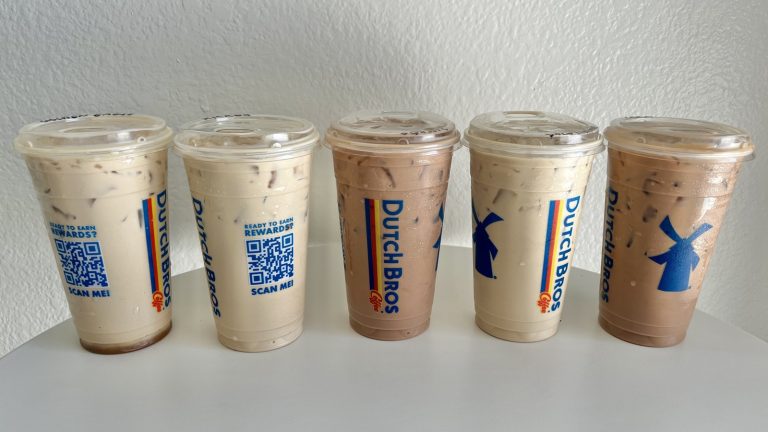It goes without saying that Buddy Valastro, also known as the Cake Boss, has seen his fair share of delicious desserts. The television personage and owner of Carlo’s Bakery is known for creating some pretty extravagant cakes on his show, and has even given some advice on how to properly carve your cake. But when it comes to choosing his favorite pastry, he opts for a more humble choice.
During the shooting for a segment done by Harper’s Bazaar, Valastro and model Gigi Hadid were chatting about the rewarding feeling that comes with baking. Here, Valastro divulged that “the thing I like probably the most is my lobster tails,” referencing the flaky pastry that’s a staple at Carlo’s Bakery and whose shape is reminiscent of that succulent part of the marine crustacean. And it would be hard to argue with this choice. For as simple as they are in terms of ingredients, the cream-filled pastries are super flaky on account of the paper-thin pastry dough, making for a satisfying nosh for amateurs and experts alike.
What goes into a lobster tail?
The lobster tails from Carlo’s Bakery certainly seem enticing enough on their own, but for Buddy Valastro, there’s more to this dessert than just the taste. For him, the process of making the pastries from start to finish only adds to the feeling of satisfaction that comes with cracking one of these pastries open and enjoying the crispy outside and creamy inside. Giving his rationale for picking lobster tails as his No. 1 pastry, he says that it’s because “it’s such a hard thing to do, and I had a lot of fun learning it with my dad years ago.” For Valastro, perfecting the technique required to make lobster rolls must only add to the deliciousness once they’re baked and ready to eat.
Not all pastries were meant to be eaten once upon a time, but these lobster tails certainly are, if you can nail the technique to make them in the first place. Made with a pastry dough that’s rolled out until it’s incredibly thin, you roll the dough and stretch it out even more until you have what amounts to a log of dough. From there, you do even more stretching before cutting the dough into circular slices. With a delicate but sure hand, you form the thin layers into a cone which is then baked. Afterwards, the pastries are filled with a generous supply of cream, giving you a crunchy exterior with decadent filling — which could also describe real lobster tails, come to think of it.






